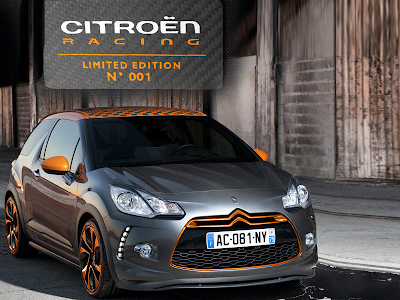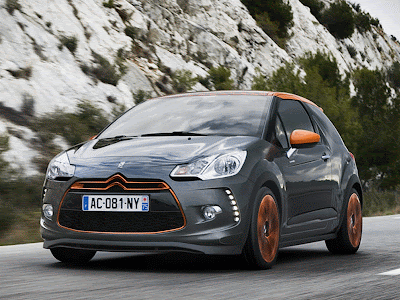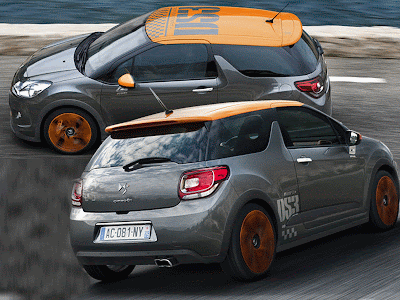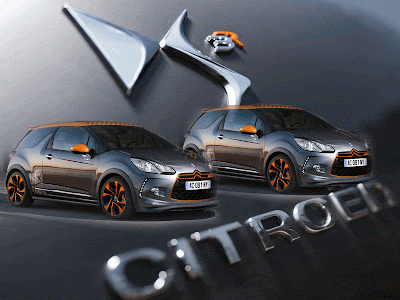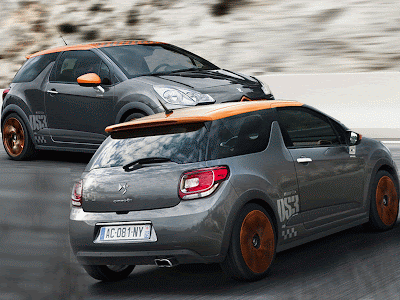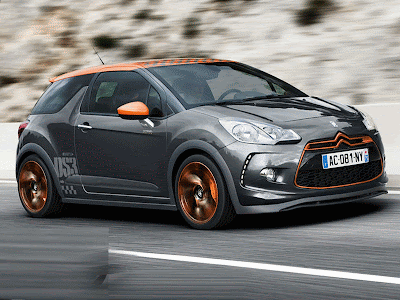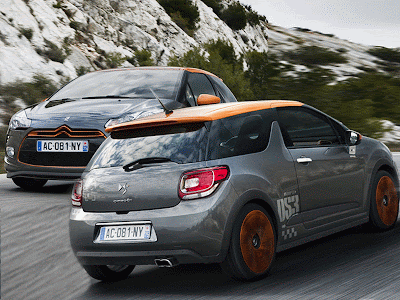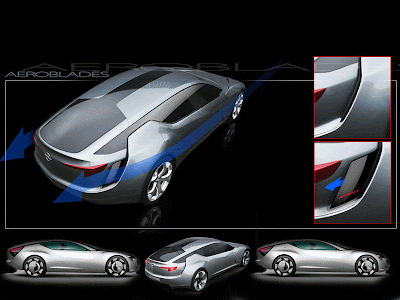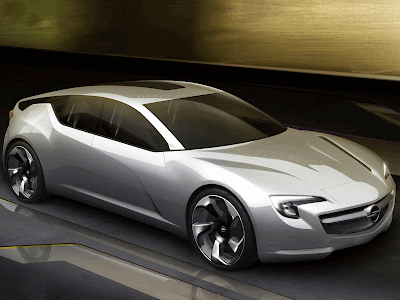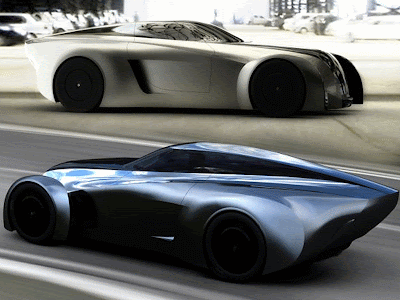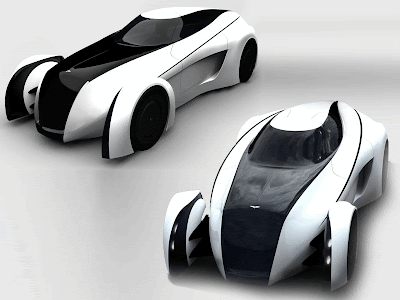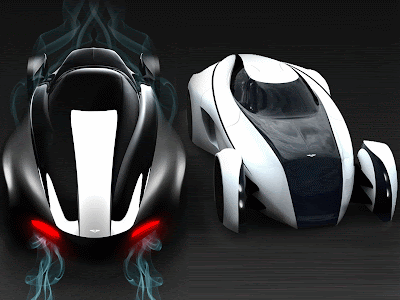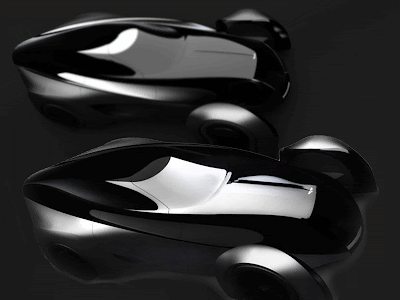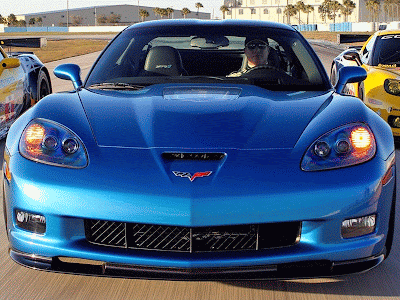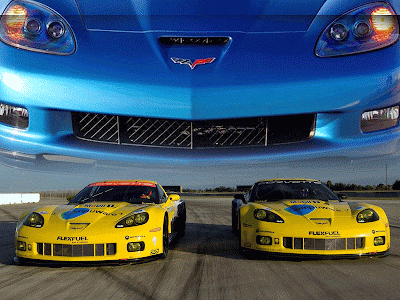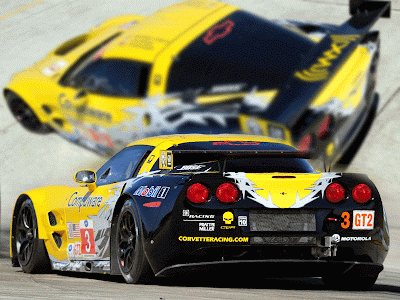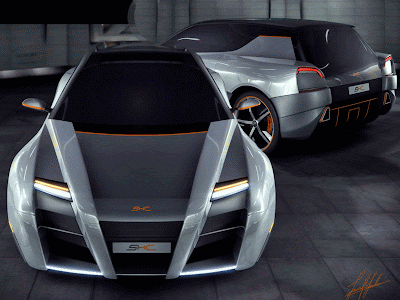
Despite enduring a string of financial hardships, Land Rover still enjoys one of the clearest and most robust brand identities in the automotive kingdom. The English automaker has held the same core values since the company's first off-roader was created by Maurice Wilks in 1948. Wilks reportedly designed the first Land Rover to emulate a Jeep he had driven, and the first Land Rover prototype actually utilized a chassis borrowed from that legendary American off-roader. And much like Jeep, when you think of Land Rover, the words rugged, purpose-built, and capable are sure to come to mind, but the two storied marques part company when it comes to luxury amenities. England's four-wheeling pride and joy can be found in places like Africa, the Middle East, Australia's Outback and as well as the ritziest precincts of Beverly Hills and Monte Carlo.
While the core identity of Land Rover hasn't deviated much over the years, its product lineup has grown substantially. After Ford purchased Land Rover from BMW in 2000, the brand added the supremely capable LR4 and Range Rover Sport to a struggling lineup. The Sport traces its looks and name to the top-end Range Rover model, but its underpinnings are actually based on the LR4, with an integrated bodyframe semi-monocoque construction for a combination of rough and ready off-roading and good noise isolation characteristics.
The sportiest of Range Rovers has been a solid entry in the luxury mountain climbing segment for a half-decade, but the folks at Land Rover have given the Sport a very thorough update for 2010 to help it live up to fast and flashy new competitors like the Porsche Cayenne and BMW's X5/X6 M twins. We were able to get our hands on a new 2010 Range Rover Sport with the company's new Jaguar-derived supercharged 5.0-liter V8 to see if it's as accomplished on paved streets as it is off-road.
When we say that the Range Rover Sport has been updated for 2010, we mean thoroughly overhauled. It may not look all that different on the outside, but among the upgrades for 2010 are a pair of more powerful engines, a new six-speed automatic transmission and comprehensive – if subtle – alterations to the accommodations. Exterior changes include new, impressive-looking LED-encrusted headlights and taillights that give the Sport a more commanding presence on the road. Other than the new lights, though, the Range Rover Sport looks nearly identical to the model it replaces, which is just fine with us. Range Rover's classic design remains the black tuxedo of the luxury SUV set, with an intrinsically tough-looking stance and manly lines throughout. Our completely loaded Bournville (fancy word for really dark brown) Range Rover Sport carried an MSRP of $82,345 with standard navigation and moonroof, along with every option box checked, including rear-seat DVD, upgraded 20-inch wheels and HD Radio. A hefty price tag to be sure, but is it worth it?
On the inside, we'd say yes... for the most part. Land Rover started with the familial cockpit layout that's become a staple of the marque, along with upgraded materials and a host technological improvements. High-grade leather is present just about anywhere your hand falls and the use of matte finish woods is among the best we've ever seen. Seemingly everybody we transported during our week with the vehicle wanted to touch the trim for themselves, as evidenced by the multitude of fingerprints on the leathery dash. We can't blame anyone for getting a case of the fondles (*
ahem*) when sitting in the front seat of the Land Rover, as we can't recall a vehicle with better materials at this (lofty) price point. Land Rover has even swapped out the seats for 2010, and the new, deeper thrones have ample electronic-controlled bolstering to keep your butt planted during aggressive driving.



One of the things we didn't like about past Land Rover interiors was their labyrinthine maze of buttons splayed across the center console. We apparently weren't alone in disliking the button-palooza, as Tata Motors' luxury SUV outfit has cut 50 percent of its overall press-points for 2010, and the remaining switchgear is easy-to-reach and a snap to navigate. And speaking of navigation, our Range Rover Sport tester came standard with a seven-inch touchscreen nav/infotainment unit, a no-brainer for an adventure-ready $82,000 luxury SUV. We'd love to tell you the nav was a hoot to use, but unfortunately, that was far from the case.
For starters, the screen is smaller than the one you can find in other vehicles at half the price, and its slight stature is amplified by the fact that the Range Rover control array is the Spruce Goose of center stacks. We'd be able to overlook this one problem if the system was responsive and easy to use. Again, not so much. Every time we touched the screen, there was a persistent latency between contact and execution of the command. Our fully-loaded tester also came with LR's optional rear-seat entertainment package. When we saw a pair of massive LCD screens embedded into the back of the front seat headrests, we immediately thought the kids were in for a treat. What we didn't anticipate was how big of a headache it was going to be to pop in a DVD for the kids to enjoy while we have our way with the 510 horsepower manwagon.




When it came time to take the family for a ride, we loaded up the kids along with a copy of
The Pink Panther. After everyone piled into the gorgeously appointed SUV, Dad opened the glove box to insert the DVD. Nothing there. Maybe the CD slot in the dash doubles as a DVD reader? Nope. Oh, then it must be hiding beneath the center armrest. Again, no. Luckily, we had a 13 year-old in the back seat. Anything back there? Under the seat? Nope. We checked the manual (no mention) and we looked in the trunk. Nothing. After wasting a half hour of our lives, we made a call to editor Paukert for some council. Paukert reminded us that older Range Rovers used to have a small, obscure access panel in the boot above the passenger-side rear tire well.
We ventured outside one more time to take a look, and wouldn't you know it, there was a tiny access panel staring us right in the face. We'd seen the panel before, but assumed that it was just too small to be anything but a fuse box. Unfortunately, we were wrong. Nestled into the panel ever so tightly was a six-DVD changer buried deep into a dark, narrow sarcophagus. After a couple of minutes of jostling, we were able to pry out a flimsy cartridge.
The Pink Panther was inserted and the kids re-entered the vehicle. We then fooled around with the LCD interface for five minutes before realizing that we had to labor through the nav interface to turn on each headrest-mounted LCD before playing the DVD. Now we know what it feels like to be Santa Claus at a Philadelphia Eagles game. Needless to say, we subsequently watched the same movie every time the family was in the vehicle, and we're pretty sure the disc was still in the boot when it was picked up. And to think that the rear-seat entertainment package is the most expensive Range Rover Sport option at $2,500. Ouch. Fortunately, the Range Rover Sport was much more enjoyable once we actually started driving.


Getting behind the wheel of a Range Rover Sport is a bit like entering a Brinks truck, albeit a very nicely appointed one. It's hard not to feel invincible from the moment you close the doors with a confidence-inspiring thud and stare out the front window only to revel in your commanding seating position. And those new seats? They're a fitting reward for the driver who plops down 82-large. The chairs are Lazy Boy-comfy but with very respectable bolstering for a 5,900 pound utility vehicle. And as we would soon find out, said bolstering is very welcome given the Range Rover Sport's extraordinarily powerful drivetrain.
The biggest aspect of the Sport's refresh is a pair of completely new powertrains, and we were lucky enough to get the direct injected, supercharged 5.0-liter mill under the bonnet of our tester. With 510 horsepower and 461 pound-feet of thrust, our tester felt more like a supersized sportwagon than a massive SUV. Land Rover claims a 0-60 mph time of 5.9 seconds, and after one stab at the throttle, we can attest to the accuracy of that time. The Eaton-sourced twin-vortex supercharger is 16 percent more efficient than the booster it replaces, giving the RR Sport another 135 ponies (versus the naturally aspirated model) while still passing ULEV2 emissions regulations. The new engines figure to be more reliable, too, and they carry 15,000-mile service intervals, effectively doubling the amount of regal mud bogging between dealer visits. Land Rover went to ZF for its newest transmission, and the HP28 six-speed unit is a very smooth operator. Paddle-shifters were on-hand, but we had no desire to use them more than once thanks to the engine's surplus of torque.

And just because the RR Sport weighs in at nearly three tons doesn't mean that Land Rover has built a sloppy cornerer. LR hasn't obliterated any longstanding laws of physics, but by adding adaptive vehicle dynamics, it's helped bend some rules. The Landie's DampTronic valve tech monitors and optimizes damper pressure 500 times per second, helping even first-time drivers feel confident and controlled behind the wheel. Steering feel has also been improved by stiffening the front suspension's lower arm bushings.
While we certainly couldn't verify Land Rover's claim of 500x per second damping pressure monitoring, we can tell you that the sporty Range Rover feels very surefooted in a wide variety of driving conditions and during aggressive driving. We were pleasantly surprised at how flat this beast is under hard cornering – it's like Land Rover built a tank that was specifically designed for slaloms. Actually, tank-like is a great way to describe the feeling we got when behind the wheel, but not in a laboring, trench warfare way. More like, this is as close as the English could come to duplicating the Abrams Tank while still retaining the driving dynamics of a vehicle much smaller than it really is. The steering is nicely weighted and has some level of feedback, though it won't be confused with a Porsche Cayenne any time soon. The Range Rover's five spoke, 20-inch wheels fill out the wells just fine, and the 14.2-inch ventilated rotors up front and 13.8-inch stoppers at the rear provide enough fade-free stopping power to keep your Land Rover from dancing with bumpers or boulders.




The Land Rover Sport may have the heart of an on-road athlete, but it is constructed to excel off-road even more than it does on pavement. Every Range Rover Sport comes with Land Rover's Terrain Response system; a dial with six settings for varying driving conditions. The driver can select from settings including general driving, sand (new for 2010), rock crawl, mud and ruts, and grass/gravel/snow. The other all-new setting, which is only available on the supercharged model, is Dynamic Program, which tightens steering and body control while also reconfiguring the stability control system for snappier responses. Select this option and Land Rover promises that you'll enjoy a more athletic on-road driving experience. We found Dynamic Program to have improved steering and throttle response, but a single performance-inspired setting does not a 3 Series-fighter make. It does, however, result in a confident-handling luxury SUV. Our favorite setting was the winter detent, because Southeast Michigan received about two inches of snow right when we took delivery of our tester. While the settings didn't cut out sliding and slipping altogether, it did a fantastic job of keeping us on the straight and narrow.
Since our test model had every available option, we were also able to test Land Rover's adaptive cruise control. While we're not huge fans of most adaptive cruise systems, we were very happy that Land Rover has done an excellent job of making the system easy-to-use. If you find yourself slowing down too far from the vehicle in front of you on the highway, simply slick a steering wheel-mounted button to decrease the trailing distance. A five-inch, grayscale LCD located in the gauge cluster shows the driver which setting he or she is using. Keep in mind, though, that unlike some advanced adaptive cruise systems that will bring a vehicle to a complete stop if the radar system senses an object in its direct path, in our experience, Land Rover's system will slow the Sport to about 10 mph. From there, it's up to the driver and those capable brakes to bring the Sport to a complete stop.

On the efficiency front, Land Rover says that the 2010 Sport is more economical than the model it replaces, which is no surprise when considering how thirsty the outgoing model was. Our time with the RR Sport added up to fuel economy of about 13 miles-per-gallon in mixed yet spirited driving. The EPA says you should expect 17 mpg on the highway and 12 mpg in the city, so don't trade in the family Mini just yet.
In the end, it's hard not to love the Range Rover Sport because it remains straightforward in what it promises and diligent in ensuring that those promises are kept. The new model delivers with luxurious appointments and vastly improved performance while honoring a 60-year tradition of off-road capability. Mix in the boxy good looks that come standard on every Gaydon gladiator, and we couldn't help but fall for this Land Rover quite a bit. Okay, so we didn't take our tester on safari, but it did everything we asked of it during our time in the urban jungle. Like us, we suspect that most Range Rover Sport owners won't often take the road less traveled, though we're sure the ability to easily hurdle a cement parking barrier in complete luxury is a fine ability to have should the need ever arise.
[Source: Autoblog]















